YouTube Viewers Abandon Phones for TVs: Here’s How To Adapt
If you click to purchase a product or service based on our independent recommendations and impartial reviews, we may receive a commission. Learn more

Neal Mohan, YouTube’s CEO, has announced that TV has officially overtaken mobile phones as the primary device for viewing YouTube videos in the US. The blog post highlighted that television has the highest YouTube watch time and that YouTube remains the most popular streaming platform in the US.
In response to this data, YouTube has teased a number of new interactive and second-screen features that it hopes will “[bring] the best of YouTube to TVs.”
Not only does this mark a change in audience behavior, but also an opportunity for businesses to trial new YouTube advertising strategies and experiment with content styles.
YouTube Viewing Habits Shift
In a blog post, Mohan shared his four “big bets” for YouTube in 2025. He explained:
“Viewers are watching, on average, over 1B hours of YouTube content on TVs daily, and TV is now the primary device for YouTube viewing in the U.S.”
Surprisingly, he highlights that users aren’t just watching traditional YouTube videos on TV screens, but also YouTube Shorts, live streams, and podcasts. For the latter, YouTube is the most frequently used listening method in the US.
However, YouTube is known for its community interaction, so the move to television could bring challenges. To combat this, the platform is trialing a number of second-screen experiences. While watching on a TV screen, users can pick up their phone to leave a comment, make a purchase, or scan a QR code.
Mohan also updated us on YouTube’s planned features for the coming year. The Hype button (to boost content and creator visibility) and Communities (interaction spaces between creators and fans) are being expanded to many more creators, which should help businesses attract new customers and gain subscribers.
How To Optimize Your Content For This Change
The move to TV indicates a big change in YouTube user behavior, which should be reflected in your video marketing strategy. Firstly, the large display offers a more immersive experience with fewer on-screen distractions, which is supported by the trend towards longer viewing times.
As the lines between television and YouTube blur, businesses have the chance to connect with their audience on a deeper level by experimenting with long, high-quality content, such as video podcasts and interviews.
It’s also a good time to assess your YouTube influencer marketing strategy and consider working with trusted influencers on long-form review videos. For example, fitness brand Alphalete encourages its influencers to review entire product lines in detail:

There are also plenty of opportunities to roll out effective marketing strategies. Mohan discussed two new advertising formats that work well on the big screen:
- Pause ads: Targeted ads show on the screen when a video is paused.
- QR codes: These appear on the screen during a video or ad, and can be scanned with a second device.
Pausing a video or scanning a QR code are both voluntary for the viewer, which makes these formats feel less disruptive than in-stream ads, and could be more likely to resonate deeply with relevant audiences
Final Thoughts
The changes to YouTube viewers’ watching habits suggest that users are more immersed in the content they consume on the big screen. Whether you’re filming your own videos or using influencers to drive sales, your business can capitalize on this by honing in on emotion-driven, high-quality content. To increase your reach further, you should also consider TV-optimized pause ads and QR codes.
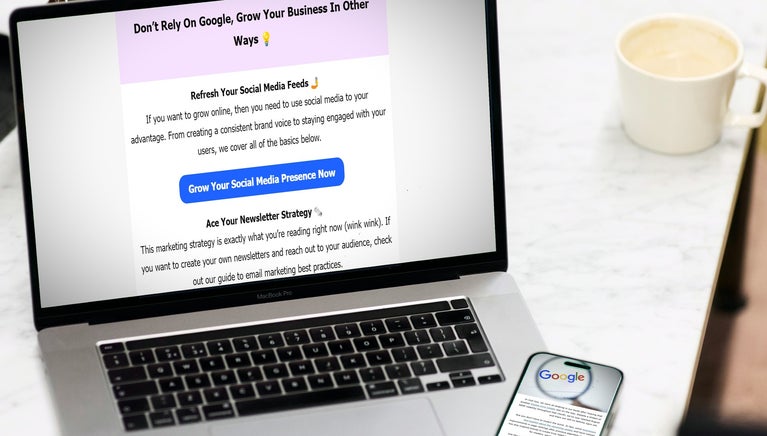
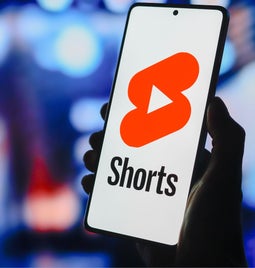
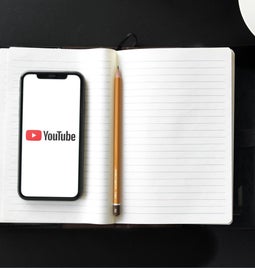
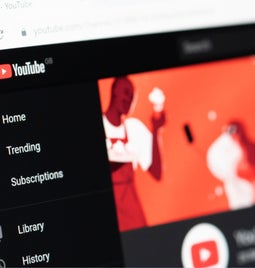
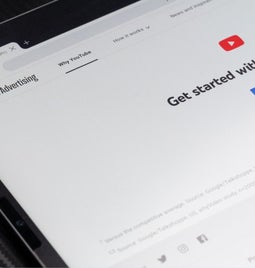
Leave a comment